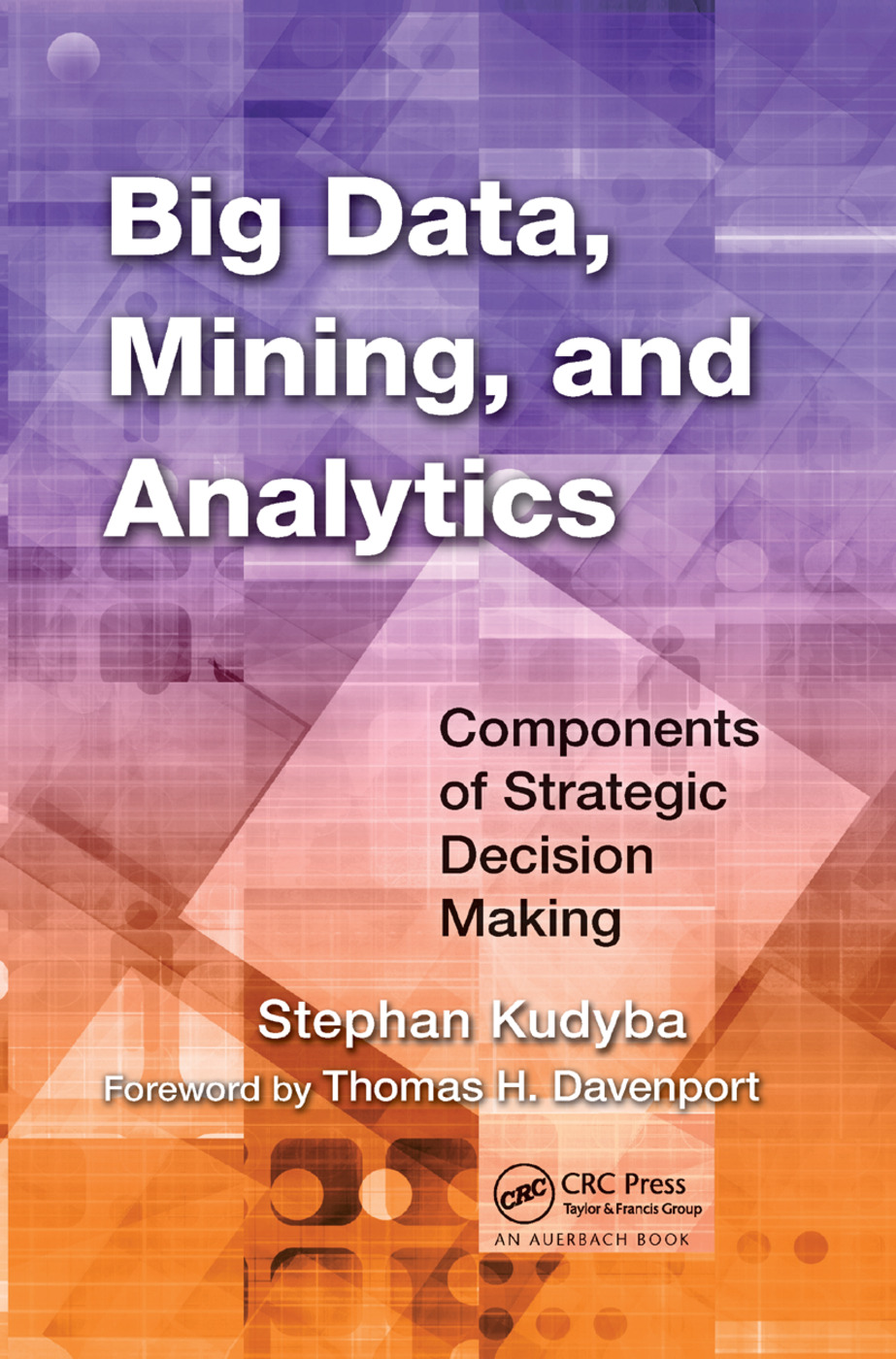基于集成学习的工业物联网安全入侵检测模型
IF 6.2
1区 计算机科学
Q1 COMPUTER SCIENCE, ARTIFICIAL INTELLIGENCE
引用次数: 5
摘要
工业物联网(IIoT)代表了物联网(IoT)在工业部门的扩展。它旨在将嵌入式技术融入制造领域,以增强其运营能力。然而,IIoT涉及一些比物联网更具破坏性的安全漏洞。因此,入侵检测系统(IDS)已经被开发来预防不可避免的有害入侵。IDS调查环境以实时识别入侵。本研究设计了一个利用特征工程和机器学习实现IIoT安全的入侵检测模型。我们将孤立森林(IF)与皮尔逊相关系数(PCC)相结合,以减少计算成本和预测时间。IF被用来检测和去除数据集中的异常值。我们应用PCC来选择最合适的功能。PCC和IF是可交换应用的(PCCIF和IFPCC)。实现了随机森林(RF)分类器来提高IDS的性能。为了进行评估,我们使用了Bot-IoT和NF-UNSW-NB15-v2数据集。RF-PCIF和RF-IFPCC在Bot-IoT上分别以99.98%和99.99%的准确率(ACC)和6.18s和6.25s的预测时间显示了值得注意的结果。这两个模型在NF-UNSW-NB15-v2上的ACC得分分别为99.30%和99.18%,预测时间分别为6.71秒和6.87s。结果证明,我们设计的模型具有几个优点,并且比相关模型具有更高的性能。本文章由计算机程序翻译,如有差异,请以英文原文为准。
An Ensemble Learning Based Intrusion Detection Model for Industrial IoT Security
Industrial Internet of Things (IIoT) represents the expansion of the Internet of Things (IoT) in industrial sectors. It is designed to implicate embedded technologies in manufacturing fields to enhance their operations. However, IIoT involves some security vulnerabilities that are more damaging than those of IoT. Accordingly, Intrusion Detection Systems (IDSs) have been developed to forestall inevitable harmful intrusions. IDSs survey the environment to identify intrusions in real time. This study designs an intrusion detection model exploiting feature engineering and machine learning for IIoT security. We combine Isolation Forest (IF) with Pearson's Correlation Coefficient (PCC) to reduce computational cost and prediction time. IF is exploited to detect and remove outliers from datasets. We apply PCC to choose the most appropriate features. PCC and IF are applied exchangeably (PCCIF and IFPCC). The Random Forest (RF) classifier is implemented to enhance IDS performances. For evaluation, we use the Bot-IoT and NF-UNSW-NB15-v2 datasets. RF-PCCIF and RF-IFPCC show noteworthy results with 99.98% and 99.99% Accuracy (ACC) and 6.18s and 6.25s prediction time on Bot-IoT, respectively. The two models also score 99.30% and 99.18% ACC and 6.71 s and 6.87s prediction time on NF-UNSW-NB15-v2, respectively. Results prove that our designed model has several advantages and higher performance than related models.
求助全文
通过发布文献求助,成功后即可免费获取论文全文。
去求助
来源期刊

Big Data Mining and Analytics
Computer Science-Computer Science Applications
CiteScore
20.90
自引率
2.20%
发文量
84
期刊介绍:
Big Data Mining and Analytics, a publication by Tsinghua University Press, presents groundbreaking research in the field of big data research and its applications. This comprehensive book delves into the exploration and analysis of vast amounts of data from diverse sources to uncover hidden patterns, correlations, insights, and knowledge.
Featuring the latest developments, research issues, and solutions, this book offers valuable insights into the world of big data. It provides a deep understanding of data mining techniques, data analytics, and their practical applications.
Big Data Mining and Analytics has gained significant recognition and is indexed and abstracted in esteemed platforms such as ESCI, EI, Scopus, DBLP Computer Science, Google Scholar, INSPEC, CSCD, DOAJ, CNKI, and more.
With its wealth of information and its ability to transform the way we perceive and utilize data, this book is a must-read for researchers, professionals, and anyone interested in the field of big data analytics.
 求助内容:
求助内容: 应助结果提醒方式:
应助结果提醒方式:


